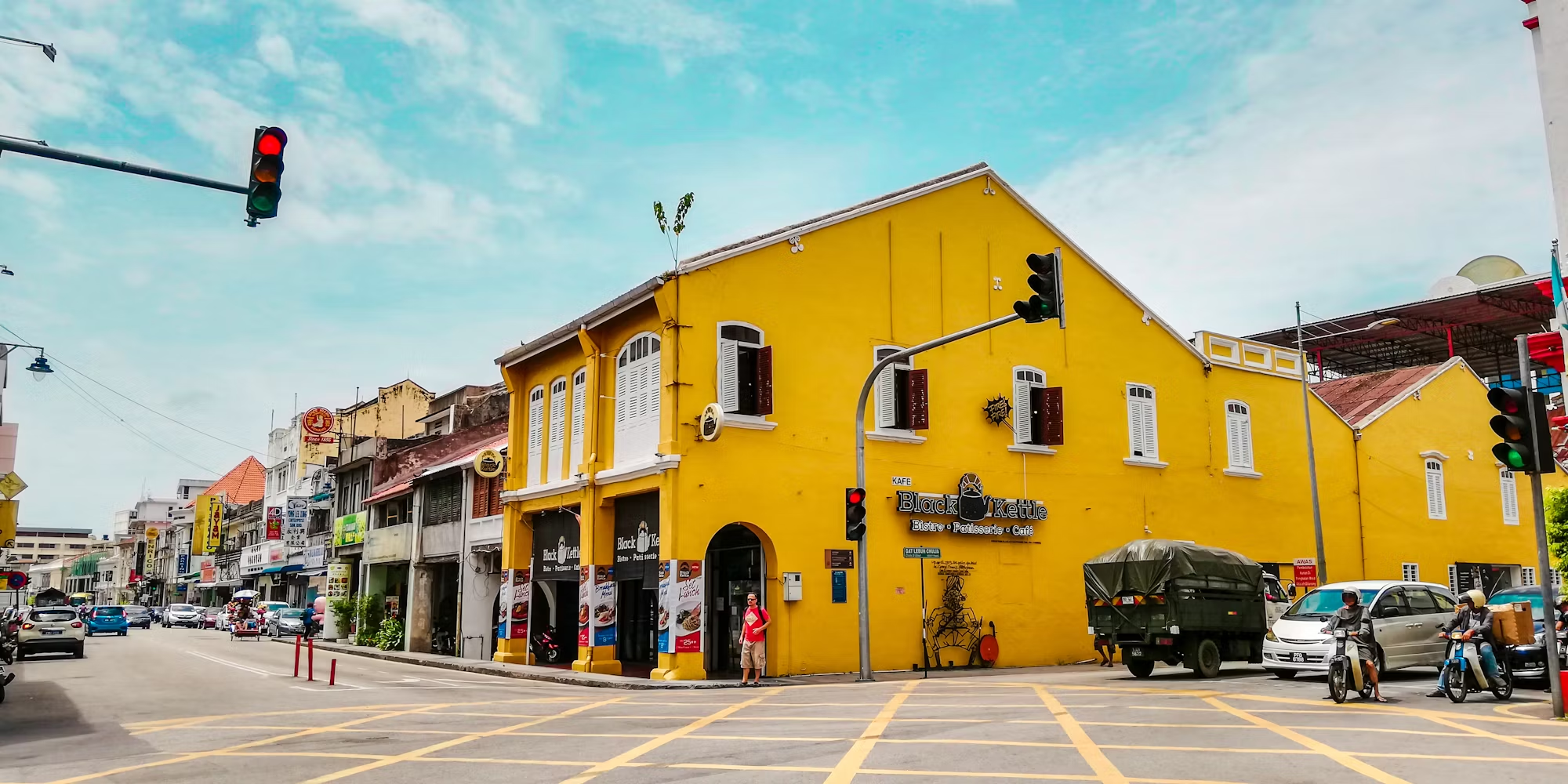Local artisan fairs have gained popularity as vibrant celebrations of creativity and craftsmanship, serving as essential gathering spaces for communities. These events offer local artisans a platform to showcase their unique creations, from handcrafted jewelry and artisanal foods to custom furniture and artwork. Beyond mere shopping, artisan fairs foster a sense of community and belonging, while significantly contributing to local economies. By examining the impact of these fairs, we can appreciate their role in enhancing cultural connections and supporting small businesses. At the heart of artisan fairs is the celebration of craftsmanship. Unlike mass-produced items found in large retail stores, the goods featured at these fairs often embody a personal touch and a story. Each vendor brings their unique skills and creative vision, allowing attendees to discover one-of-a-kind pieces that reflect the artisan’s passion and dedication. This focus on handmade products not only enriches the consumer experience but also elevates the importance of artistry in everyday life. Shopping at artisan fairs becomes an opportunity to connect with creators and learn about their processes, fostering a deeper appreciation for the value of handmade goods. Economically, local artisan fairs serve as powerful engines for community growth. By providing a platform for small businesses and independent creators, these events help to circulate money within the local economy. When attendees purchase goods from local artisans, a substantial portion of those sales remains in the community, benefiting not only the vendors but also local suppliers and service providers. This circulation of money strengthens the economic fabric of the area, creating a ripple effect that supports jobs and local infrastructure. Moreover, artisan fairs often attract visitors from neighboring towns and cities, further enhancing local business opportunities. The bustling atmosphere of an artisan fair encourages attendees to explore the surrounding area, discovering local shops, cafes, and attractions that they may not have otherwise visited. In this way, artisan fairs can be seen as catalysts for economic growth, benefiting not just the vendors but the entire community. Community engagement is another vital aspect of local artisan fairs. These events create a sense of belonging by bringing people together, providing a space for neighbors to connect, share ideas, and celebrate creativity. The social environment of an artisan fair often includes live music, food stalls, and interactive workshops, transforming the event into a festive occasion. Families and friends gather to enjoy the lively atmosphere, making artisan fairs a cherished tradition in many communities. This emphasis on social connection is particularly important in today’s fast-paced world, where opportunities for genuine interaction can be limited. Artisan fairs also serve as platforms for cultural exchange, highlighting the diverse talents and backgrounds of local artisans. Many fairs emphasize regional specialties and cultural traditions, allowing attendees to experience a taste of local heritage. For example, a fair may feature vendors selling traditional crafts, regional foods, and artworks that reflect the history and culture of the area. This celebration of diversity not only enriches the community but also fosters understanding and appreciation for different backgrounds. As attendees interact with artisans, they learn about the stories behind the products and the cultural significance of various crafts, creating meaningful connections that transcend mere consumerism. Additionally, artisan fairs often include educational components, such as workshops and demonstrations, that encourage participants to engage with their creative side. These activities allow attendees to learn new skills, whether it’s pottery making, candle crafting, or painting, fostering a spirit of collaboration and creativity. This hands-on approach not only enhances the experience of the fair but also empowers individuals to explore their own artistic talents. By providing opportunities for learning and creativity, artisan fairs contribute to personal growth and community development. The environmental impact of artisan fairs is also worth noting. Many local artisans prioritize sustainable practices, using eco-friendly materials and production methods in their work. This commitment to sustainability resonates with consumers who are increasingly conscious of their environmental footprint. By choosing to shop at artisan fairs, attendees often support vendors who align with their values, promoting a more sustainable approach to consumption. Furthermore, the emphasis on local sourcing reduces the carbon footprint associated with transporting goods over long distances, contributing to a more environmentally friendly marketplace. Looking to the future, the popularity of artisan fairs is likely to continue growing. As consumers increasingly seek authentic experiences and unique products, these events are well-positioned to meet that demand. The focus on community engagement, cultural celebration, and sustainability ensures that artisan fairs will remain vital components of local economies. As communities embrace the creativity and talent of local artisans, they also foster a sense of pride and connection that benefits everyone involved. In conclusion, local artisan fairs are invaluable assets to communities, offering a unique blend of creativity, community engagement, and economic growth. By providing a platform for artisans to showcase their work, these fairs enrich the local economy and strengthen community bonds. They celebrate cultural diversity and foster social connections, making them essential gatherings in today’s world. As we continue to navigate the complexities of modern life, the charm and impact of artisan fairs remind us of the importance of supporting local talent and celebrating the artistry that enriches our communities. Engaging with these fairs not only benefits individual artisans but also enhances the overall fabric of our society, creating spaces where creativity and community thrive.
